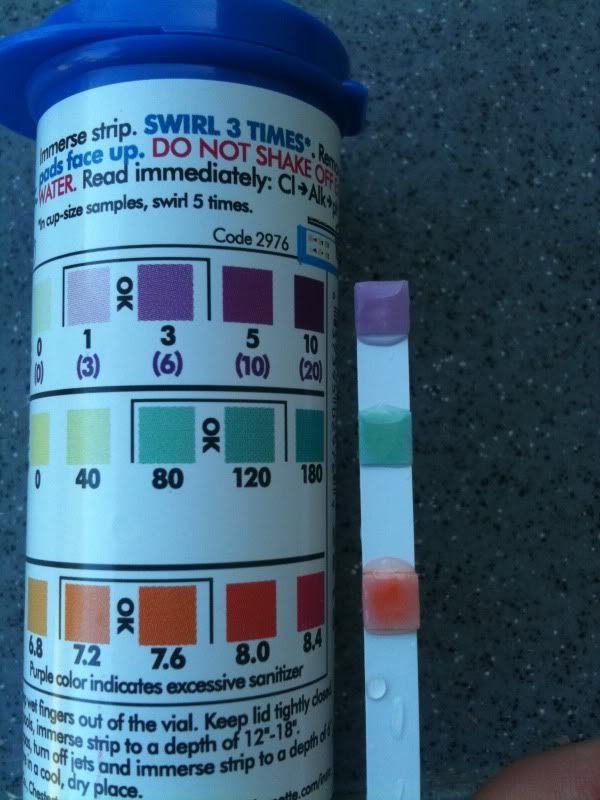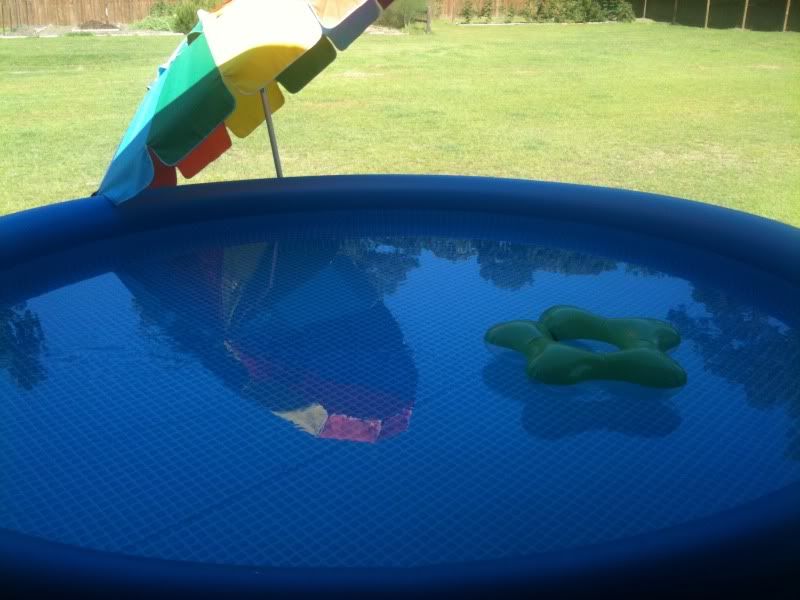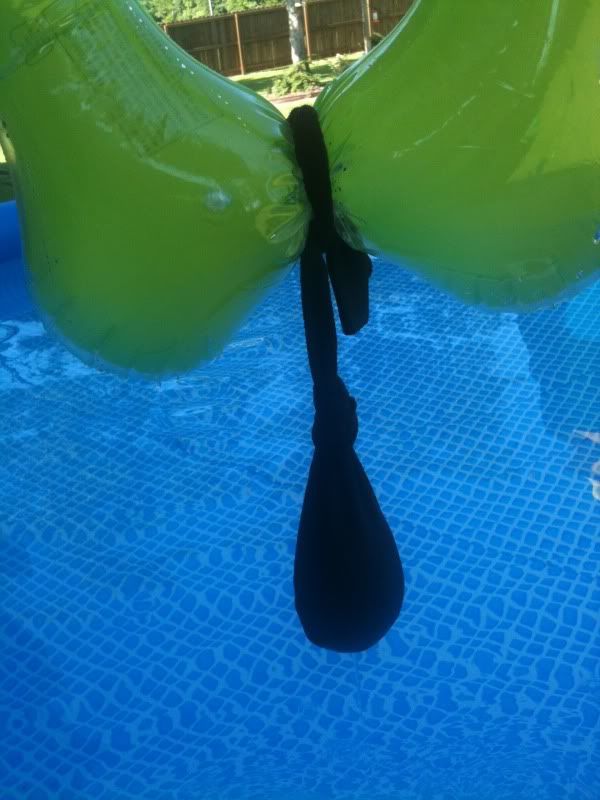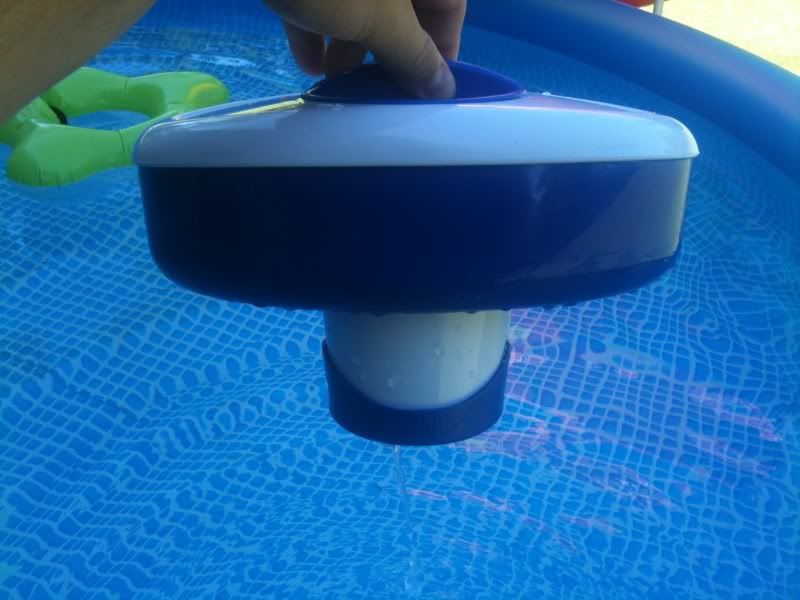I see a lot of chemistry on this forum and talk of what so and so should be. Is there a set rule on certain chemical concentrations or conditions that should absolutely be avoided and not swam in?
I just set up our new 12' by 36" above ground pool. 1779 gallons at 80% cap. Cartridge filter, 580GPH (I think) Took a water sample down to the local pool store. They ran the tests and half assed gave me all the chemicals with some lousy instructions, even though I explained that I was a total newbie. So I followed the instructions and about 30 minutes later ran a test trip through the water. The results were:
free chlorine (bromine) 8 (16)
alkalinity about 70-80
ph 8.0 maybe a touch above that.
This is the results I got from the pool store BEFORE chemicals were added:
free chlorine 0.0
total chlorine 0.4
combine chlorine 0.4
ph ovr8.2
hardness 30
alkalinity 0
cyanuric acid 5
These are the chemicals they sold me and suggested amounts:
1. broadcast 1lb alk around pool, wait 2 hours.
2. mix 1lb water hardner in bucket of pool water and poor around pool, wait 2 hours
3. tie 9oz. stabilizer in old sock to ladder (no ladder, tied it to a floaty)
4 shock pool with 1/2 cup shock (i just added the granules directly in, instructions didnt say to dissolve or not to)
They also sold me one of those floaty deals that hold the chlorine tabs and a small bucket of tabs. No instructions about that were given so I just broke a tab in half and stuck it in.
So, with my before and after tests and the recommendations given by the pool store, is there anything else I should do, not do, test?
My MAIN CONCERN is hurting my 22 month old son tomorrow when we get back in the pool. Which brings me to another question, how long should I wait to get in, the pool store lady was vague.
I just set up our new 12' by 36" above ground pool. 1779 gallons at 80% cap. Cartridge filter, 580GPH (I think) Took a water sample down to the local pool store. They ran the tests and half assed gave me all the chemicals with some lousy instructions, even though I explained that I was a total newbie. So I followed the instructions and about 30 minutes later ran a test trip through the water. The results were:
free chlorine (bromine) 8 (16)
alkalinity about 70-80
ph 8.0 maybe a touch above that.
This is the results I got from the pool store BEFORE chemicals were added:
free chlorine 0.0
total chlorine 0.4
combine chlorine 0.4
ph ovr8.2
hardness 30
alkalinity 0
cyanuric acid 5
These are the chemicals they sold me and suggested amounts:
1. broadcast 1lb alk around pool, wait 2 hours.
2. mix 1lb water hardner in bucket of pool water and poor around pool, wait 2 hours
3. tie 9oz. stabilizer in old sock to ladder (no ladder, tied it to a floaty)
4 shock pool with 1/2 cup shock (i just added the granules directly in, instructions didnt say to dissolve or not to)
They also sold me one of those floaty deals that hold the chlorine tabs and a small bucket of tabs. No instructions about that were given so I just broke a tab in half and stuck it in.
So, with my before and after tests and the recommendations given by the pool store, is there anything else I should do, not do, test?
My MAIN CONCERN is hurting my 22 month old son tomorrow when we get back in the pool. Which brings me to another question, how long should I wait to get in, the pool store lady was vague.







